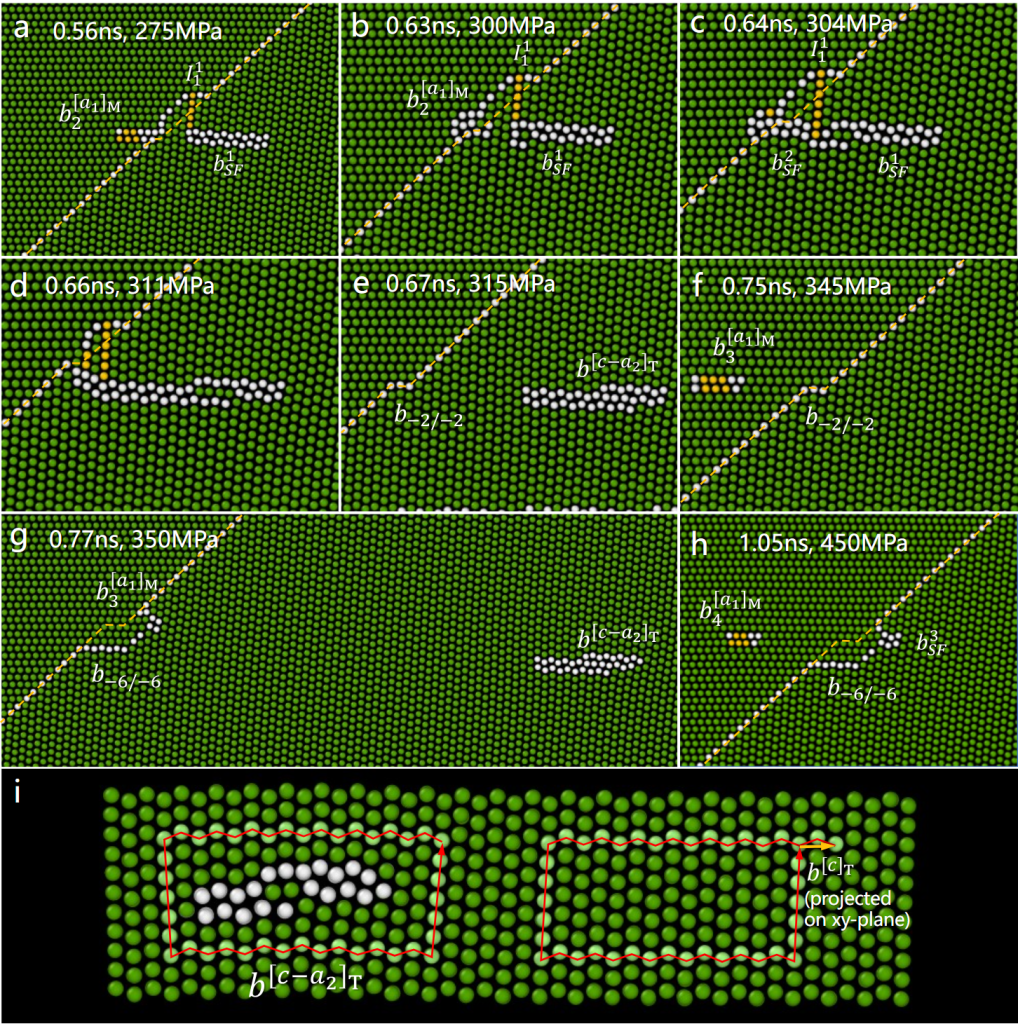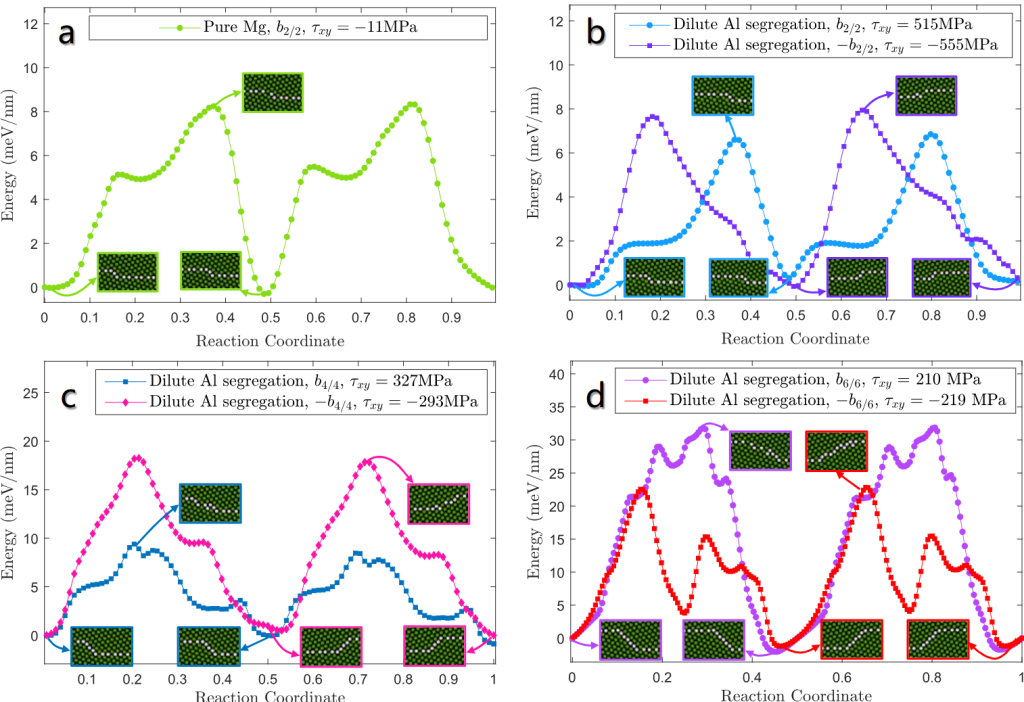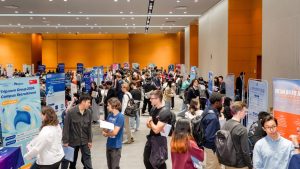20 Feb 2025
In the quest for sustainable and high-performance materials, magnesium alloys have emerged as a promising candidate due to their lightweight and high strength-to-weight ratio. However, the complex interactions between dislocations and twin boundaries in magnesium have long posed challenges for researchers aiming to optimise these alloys.
A recent study conducted by researchers from Xi’an Jiaotong-Liverpool University and Nanjing Tech University and published in the Journal of Magnesium and Alloys, has unveiled that instead of relying on expensive rare-earth elements, a common element like aluminium can effectively enhance magnesium alloys with suitable heat treatment methods.
Developing low-alloying magnesium is not only cost-effective but also eco-friendly, as alloys with minimal or no rare-earth elements can be more environmentally friendly.
This research has the potential to significantly impact the field of materials science and beyond, and could inspire researchers to explore the use of more readily available elements to improve magnesium alloys.

Interaction process of the dislocations and twin boundaries
Stronger and more flexible magnesium alloys
The first author of the paper, Lang Liu, a PhD student studying civil engineering at XJTLU’s Design School, says that this discovery challenges previous assumptions that were deemed unlikely and opens new avenues for enhancing magnesium alloys.
“In materials science, dislocations are tiny imperfections or irregularities in the crystal structure of a material, and affect how a material behaves when it’s bent, stretched, or otherwise deformed.
“When aluminum atoms gather at certain spots in magnesium alloys - these spots are called coherent twin boundaries - they help create special types of defects called ‘non-basal dislocations’, which play a crucial role in enhancing the material’s ability to bend, stretch, and withstand forces without breaking.
“What’s interesting is that these aluminum-rich areas ‘pin’ or lock the twin boundaries in place, which makes it possible for the non-basal dislocations to form.
“Moreover, the study demonstrates that a type of dislocation movement, previously believed to be impossible in magnesium alloys, can occur under certain conditions,” he explains.

Energy calculations on the twinning disconnections
Challenging “impossible” ideas
For the researchers, the most significant takeaway is the importance of questioning established ideas.
Liu says: “Even if something is considered impossible by others, we should keep an open mind and explore whether it might be feasible under special conditions.”
For him, another gain is the ability to extract useful insights even from negative comments.
“During the investigation, one of my findings was challenged and firmly denied by an authoritative expert. By following this expert’s line of reasoning, I did further examination and the findings were incorporated into the final paper.
“Having this work published is a testament to the power of perseverance and open-mindedness in the pursuit of scientific knowledge.”
A passion for materials science
Liu says that the motivation behind this research stems from a deep passion for materials science and a commitment to tackling complex problems.
“Magnesium is a close-packed hexagonal structure that behaves differently in different directions. Therefore, it presents unique challenges in understanding its dislocations, mirror-like boundaries, and their interactions. This complexity, which requires a three-dimensional perspective, is a significant draw for the researchers,” he says.
The researchers plan to continue exploring this topic, with several potential directions for further investigation. The current study focuses on a simple and flat scenario, and the next step would be exploring a three-dimensional model.
Additionally, real materials allow atoms to move over time, but the current simulations of this research do not account for this.
“By modifying the simulation code to include the behaviour of diffusing atoms, we can make their study more comprehensive and uncover new insights into the behaviour of magnesium alloys under realistic conditions,” he adds.
The paper, “Effect of Al segregation on dislocation transmutation across {10-12} twin boundaries in Mg: An atomistic simulation study” , can be accessed online here.
By Yi Qian
Images courtesy of Lang Liu
20 Feb 2025







